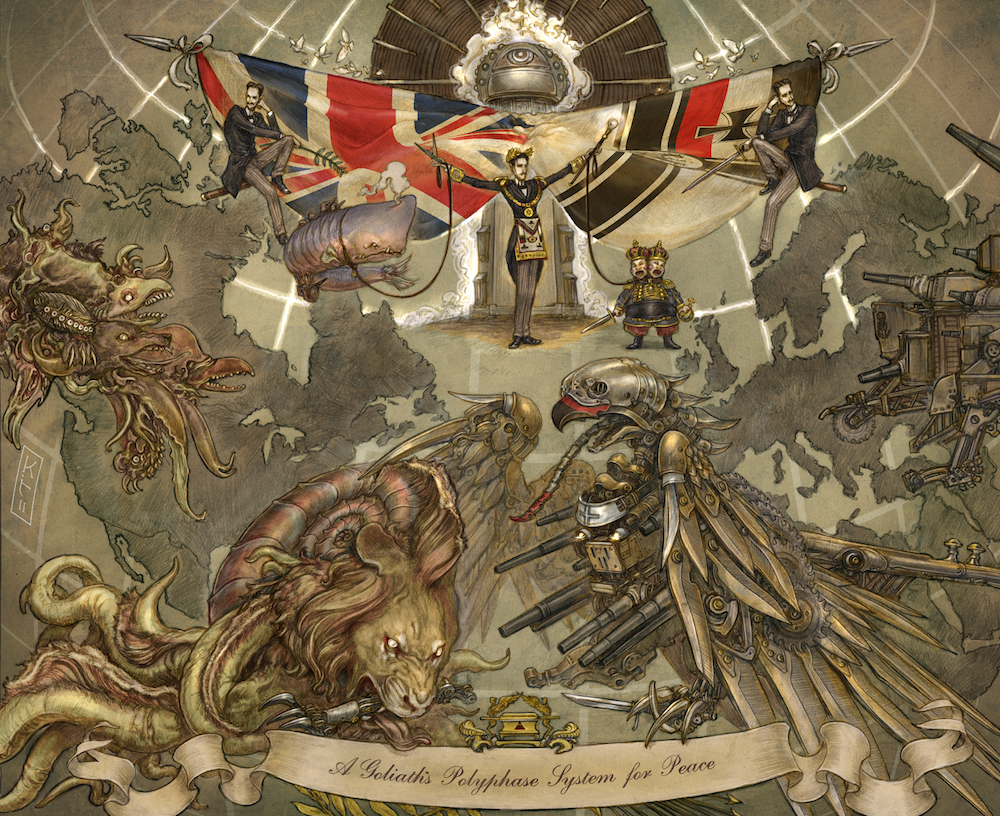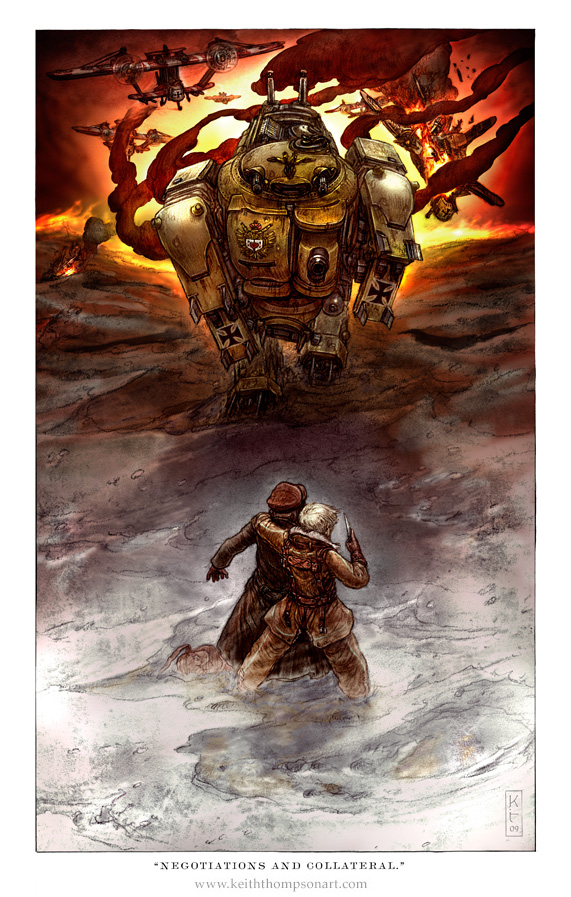Hello, and
welcome to the week of Halloween! It’s that time of year, where there’s a mad
rush on the costume stores (been there, done that) and everyone’s planning
where they’re going to get their drank on, this year on a Thursday night. Or,
if you’re me, you’re just getting your Rocky Horror Picture Show outfit ready
for a showing tonight and are honest-to-god hoping to get to stay inside sick
tomorrow evening and watch Tucker and Dale vs. Evil on Netflix (I highly
recommend it, plus Alan Tudyk is one of my favorite actors). So, on this
Halloween Eve, I’m going to discuss a subject very near and dear to me: Halo.

I’ve
referenced (albeit sometimes subtly) Halo in just about every post I’ve made so
far. But for those of you that aren’t as obsessed as I am, the Halo storyline
takes place roughly 500 years in the future. The main characters in the games
are a Spartan super-soldier (Master Chief John-117) and an Artificial
Intelligence (Cortana). I’d highly suggest playing the games, or reading the
books if you don’t have an Xbox. The main conflict revolves around the humans
fighting against an alien conglomeration known as the Covenant that wants to
destroy humanity. It’s a really great series, and will always be my one true
fandom.

My OTP.
(Apologies for the deviantart link, this is actually an in-game cutscene)
As with a lot
of video games (I’ll discuss women in video games in general at some later
point), there aren’t an overabundance of women in the Halo series. To be fair,
one of the two main characters is a woman, but even Master Chief and Cortana
reinforce typical stereotypes—she’s the brains and he’s the brawn of the
operation. Cortana is also overly sexualized, like many women in video games.
While other AIs in the Halo world look like normal, clothed human beings (or
wild other things, such as boxes), Cortana is a naked blue woman with lines of
data her only covering. I read somewhere that part of the reason she chose to
make her hologram look that way was to throw people off, so she could better
control conversations, but as I can’t remember my source, I can’t say that’s
fact. Over all, Cortana is a very competent woman and surpasses the Chief in
her humanity sometimes (irony, yes, because she’s an Artificial Intelligence).
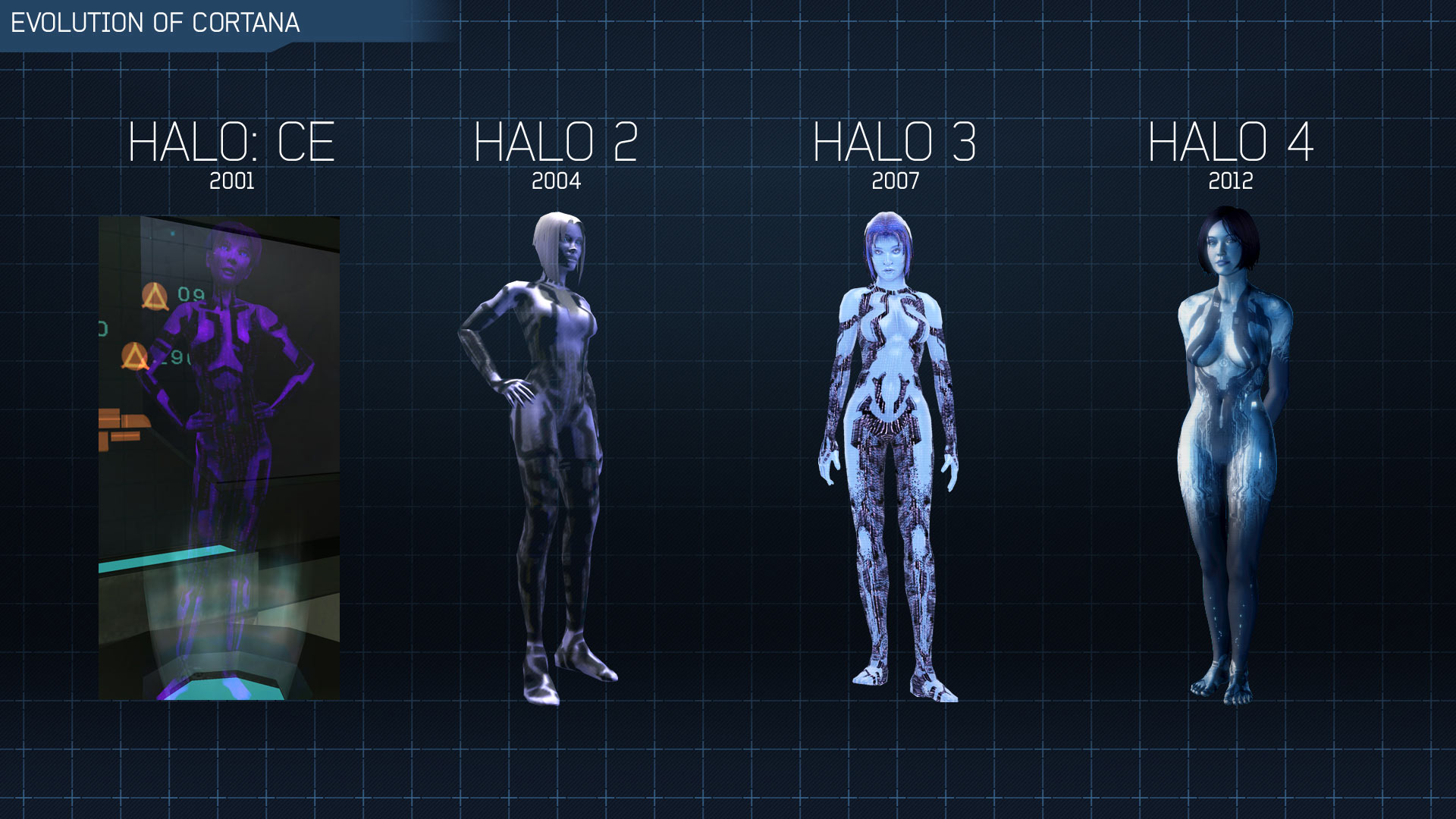
God, graphics have gotten amazing.
There aren’t
nearly as many women in Halo as men, but that could be due to the fact that all
of the characters are tied to the military (United Nations Space Command). The
books have a large number of female characters (some in very powerful
positions), but the games just don’t. The only other recurring female character
in Halo: Combat Evolved (or Halo 1) is Foehammer, the nickname for the pilot
who brings supplies and transports soldiers. Spoiler alert: she dies at the
end. I still totally want to be her.

This is the reflective visor of awesomeness (Spartan John 117).
Halo 2
probably has the most well-adjusted video game women. Miranda Keyes (daughter
of Jacob Keys from Halo: CE) is in command of her own ship. She holds a
position of power, and while she makes some terrible (stupid) decisions trying
to live up to her father’s legacy, she’s a developed female character. Halo 2
is the only Halo game to follow that rule of thumb applied to movies about two
female characters having a conversation about anything other than a man.
Miranda and Cortana exchange tactical information—good enough to qualify for
me. Miranda is also important in Halo 3, where she spoiler alert: meets her end
being super badass.
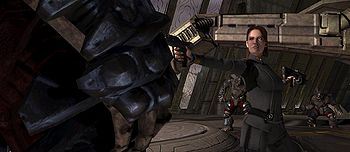
Too legit to quit. (...too soon?)
Halo: Reach
has another female character in a lead role. Kat, Noble-2, is the only woman on
a six person squad called Noble Team. There are more female characters in Halo:
Reach than probably any of the other Halo games. There’s another female AI
(Dot), the woman behind the Spartan program (Dr. Halsey), a minor female
character that needs to be rescued (typical), and an early version of Cortana.
Kat has one of the main roles in the game, and while she spoiler alert dies,
she’s an important member of the squad and a developed character.

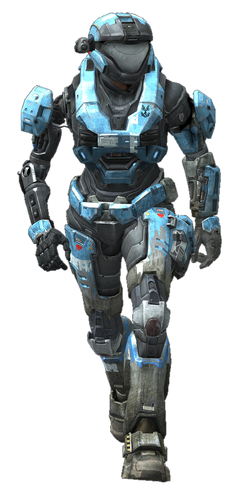
She has a super cool robot arm, too.
Halo 4 also
has Cortana as a main character. In addition, it has a female in charge of the
latest series of Spartans (Sarah Palmer), and while I personally can’t stand her, she’s
becoming (unfortunately) an important character in the franchise.
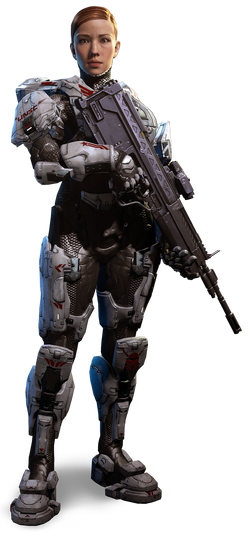
Bossy bitch.
The Halo
novels have a lot more important female characters, such as the head of the
Office of Naval Intelligence and her successor (in Karen Traviss’s Kilo-5
trilogy). They’re very good and give a lot of backstory to an incredible universe.
Fall of Reach, The Flood, First Strike, Ghosts of Onyx, Contact Harvest, The ColeProtocol, Cryptum, Primordium, Silentium, Glasslands, The Thursday War, and Mortal Dictata
(which is coming out in January 2014) (and I totally listed all but two of those
from memory). I’d recommend reading them. They’re all great books and have
great female characters.
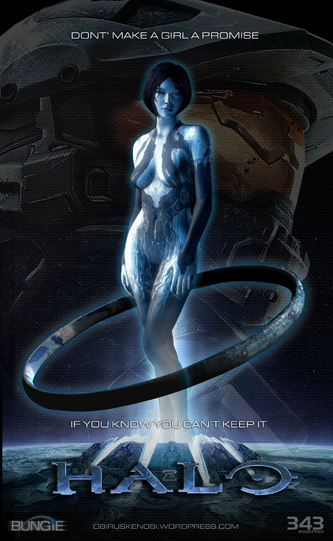
This is probably the most amazing fan-art thing I've seen in a long time.
So, that’s a
brief (well, for me, anyway) discussion of women in the Halo universe! I hope you enjoyed me
talking about my favorite thing as much as I did. Have a wonderful week!








